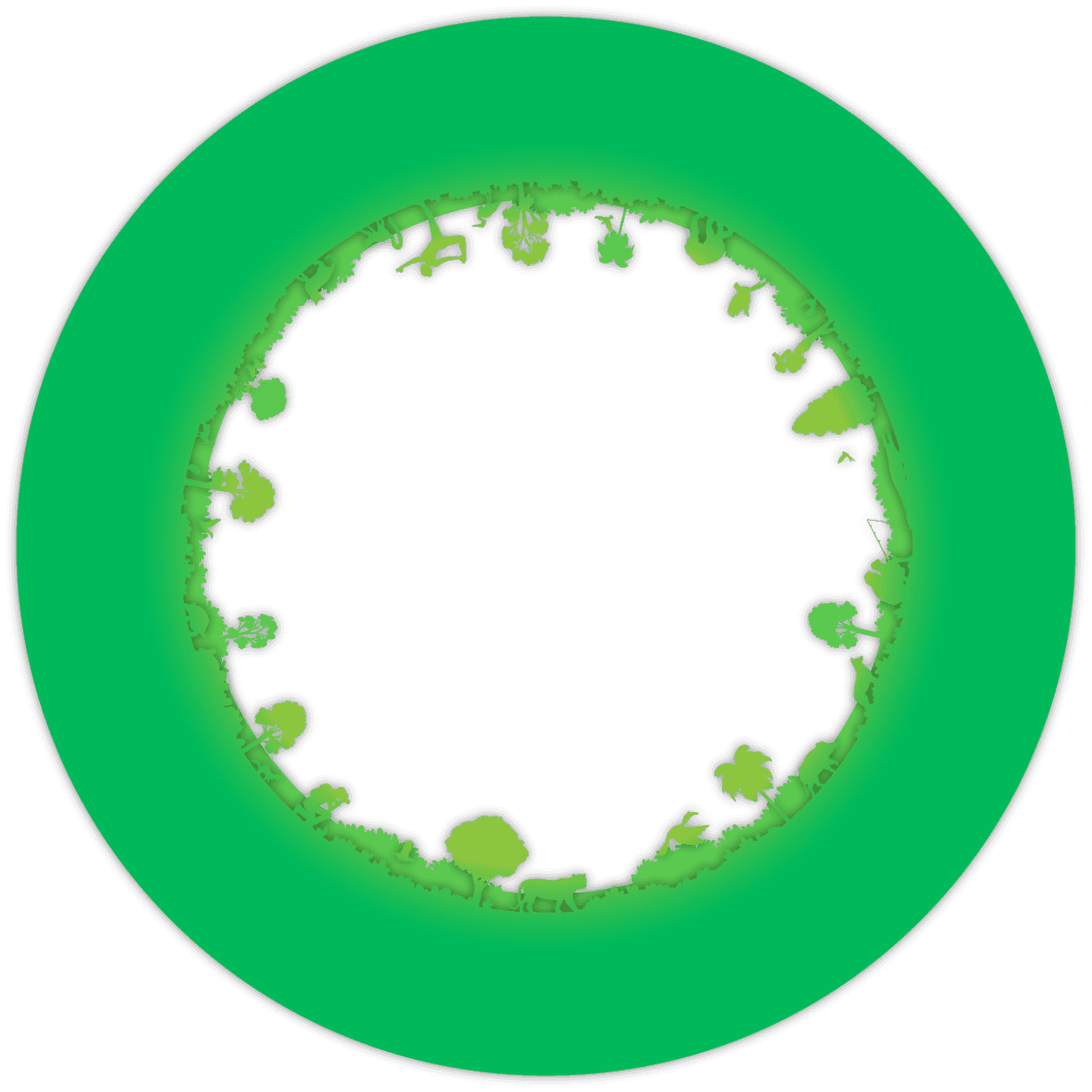
Loading...
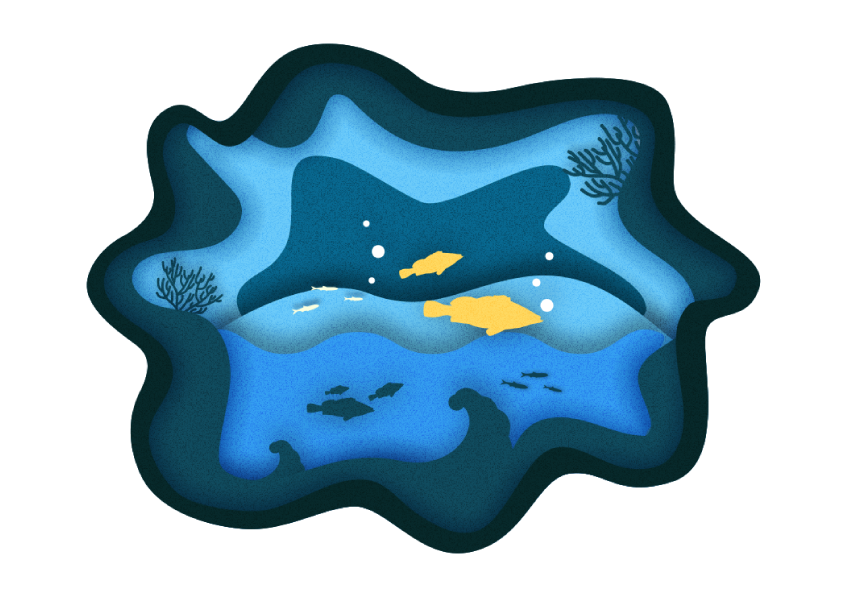
3 in 4 of the most popular seafood species we consume in Singapore are not caught sustainably. Think of the ikan kuning in nasi lemak, the silver pomfret that goes well with teochew porridge, and the sea bass in fish curry—they are likely sourced from overexploited fish stocks and could disappear within our lifetime.
THE SEA
our seas
In 2020, plastic was the largest category of waste disposed of in Singapore, and only 4% was recycled. The remaining plastic waste is either incinerated and buried at Semakau landfill—the nation’s sole landfill—or may end up in the marine environment.
Into the woods
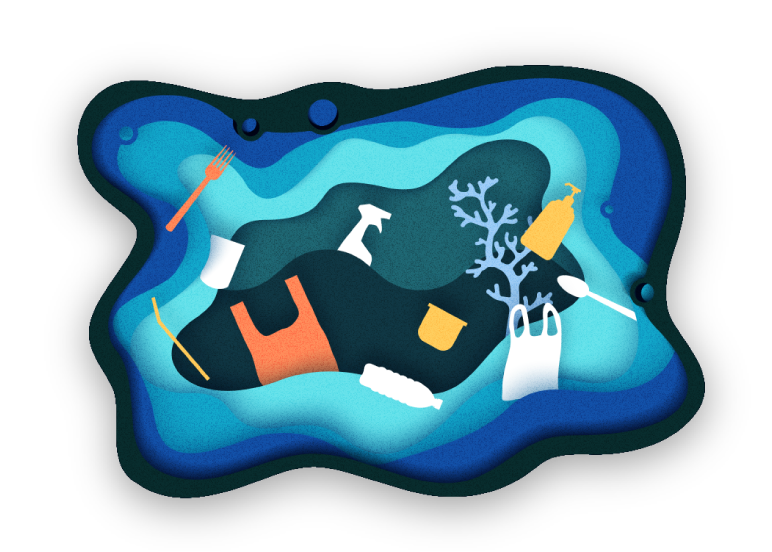
Our home needs your love and action
Our Home is calling out for help
Explore
Discover the environement issues in Singapore and our solution to it.
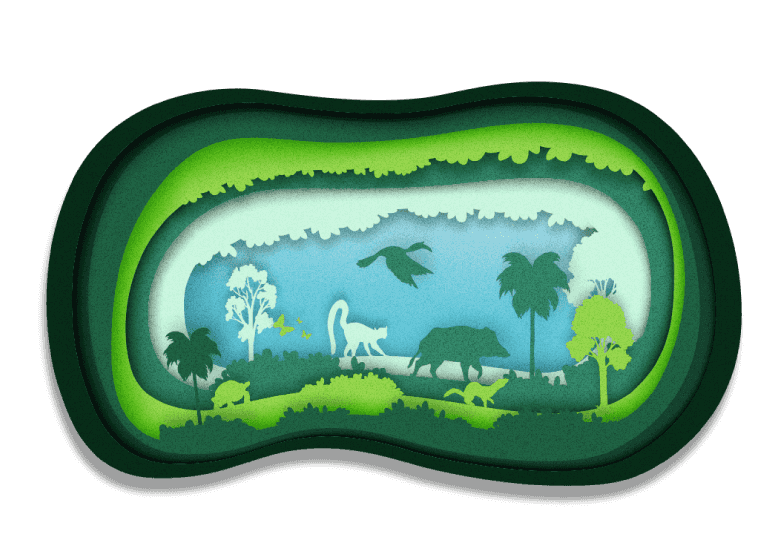
Singapore is a haven for biodiversity
Thanks to our lush greenery and clean waterways, sightings of wildlife like the raffles banded langur, lesser mouse deer and hornbills are becoming more frequent!
THE FOREST
But… Urban growth is also causing a decline in biodiversity
Clearing forested areas for housing and other competing needs could exacerbate biodiversity loss in Singapore, as plants and animals are displaced from their natural habitats.
Enter the city

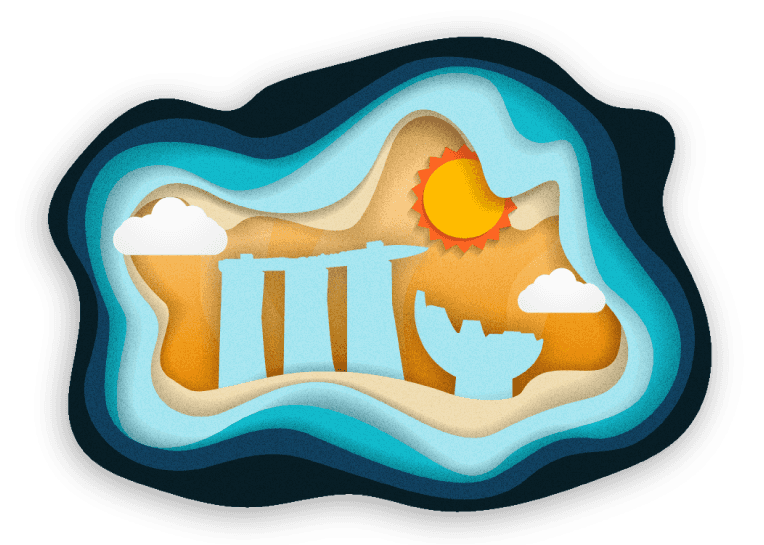
THE LAND
Climate change brings about more frequent and
intense rainfall
Talk about “rain, rain, go away.” Prolonged heavy rains are now a more common occurrence in Singapore. When drains and canals overflow due to intense rainfall, flash floods can happen, causing disruption to life and damage to property.





